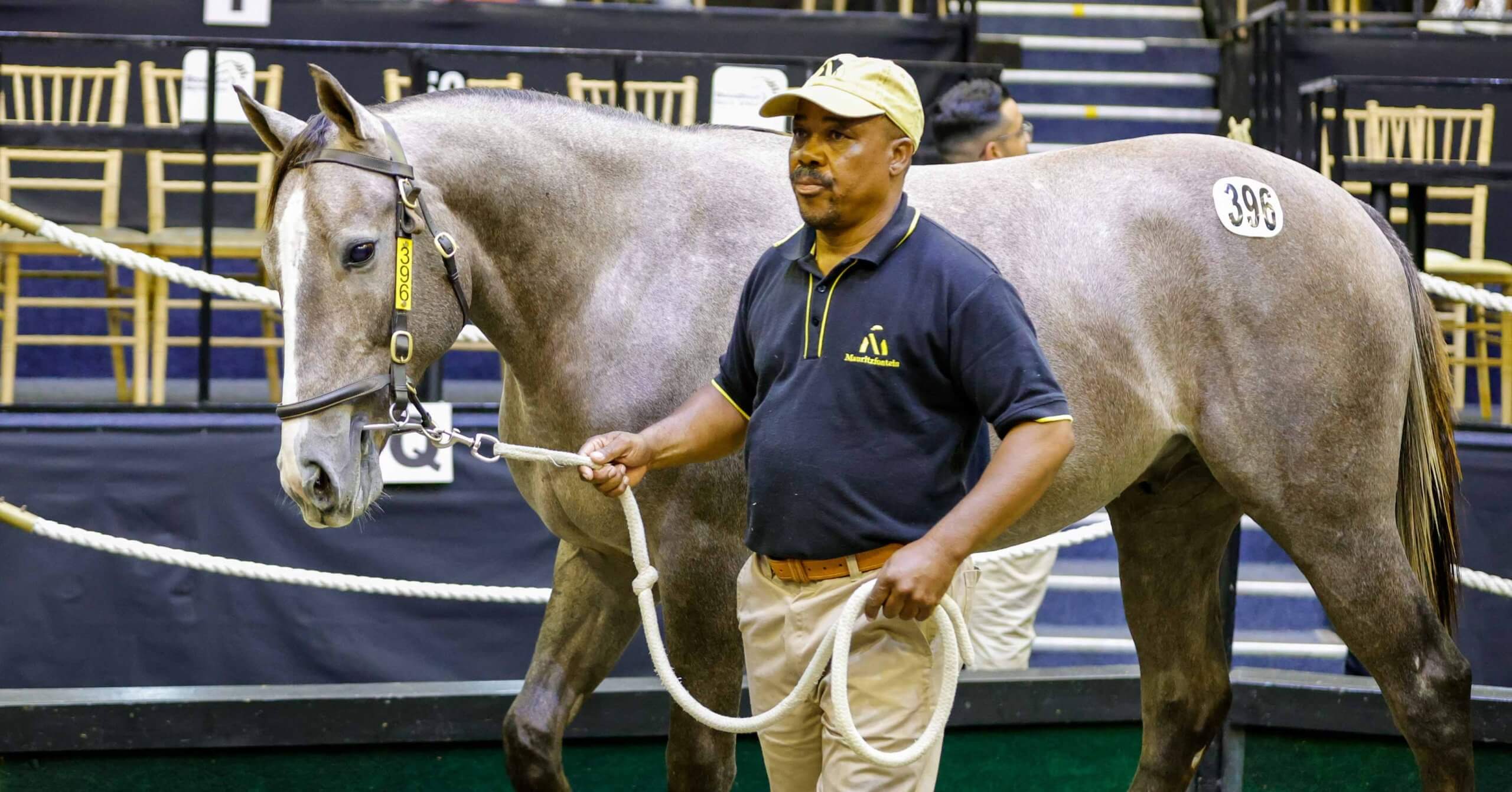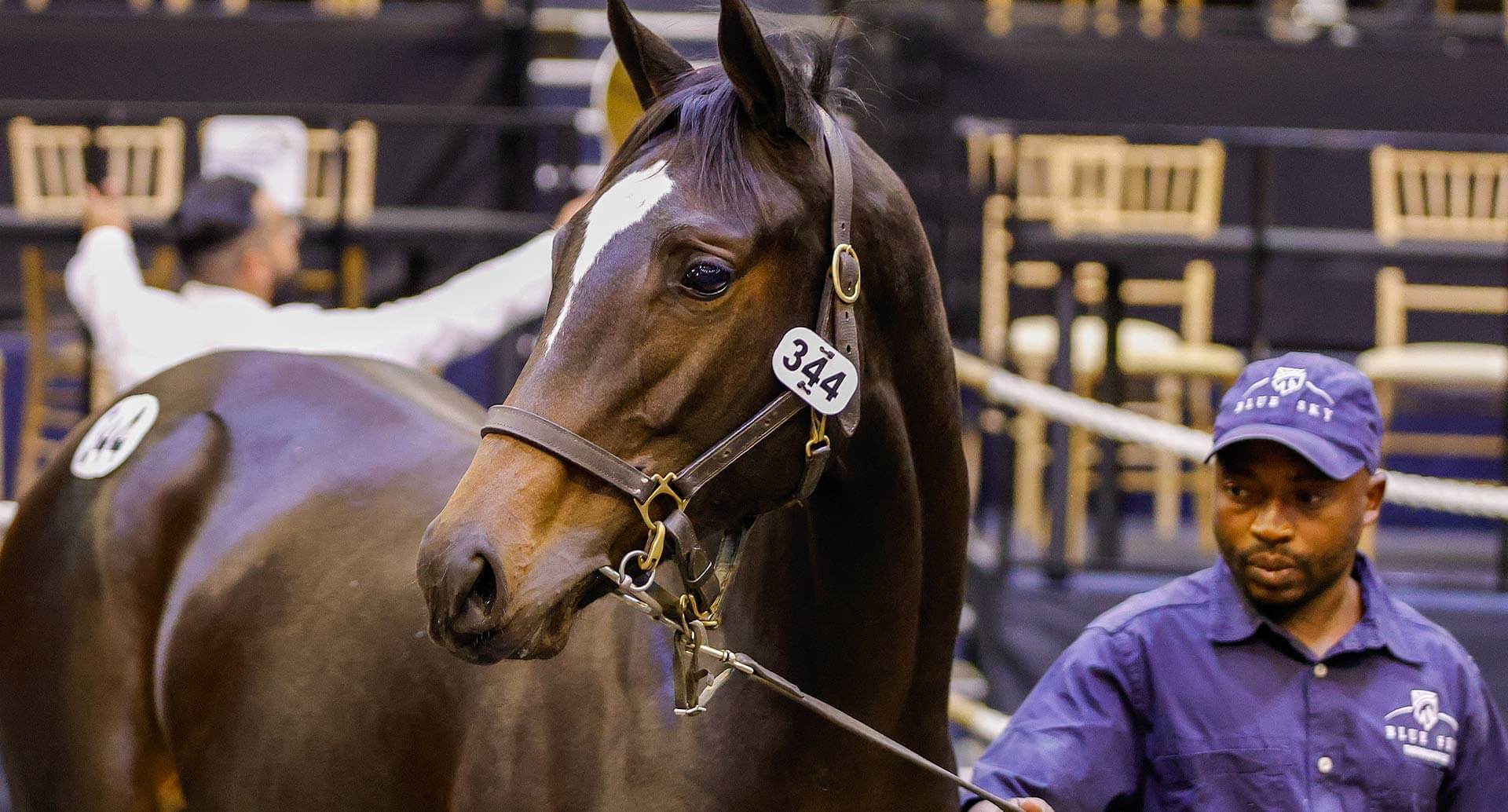 How It Helps Owners
How It Helps Owners
If you’re an owner, here’s what the agreement gives you:
- Transparency on monthly fees, additional charges, and exactly what’s included (or not included) in your training fee.
- Protection when your horse needs expensive procedures, relocation, or other significant decisions — all of which require your consent.
- Communication guarantees, with trainers obliged to keep you informed about your horse’s health, performance, and racing plans.
- Prize money handling rules, making sure your share reaches you promptly and that accounting is crystal clear.
It also gives you a clean exit strategy. You can terminate the agreement with 30 days’ notice (unless otherwise agreed), and all financial obligations are clearly defined — reducing the risk of “he said, she said” situations.
How It Helps The Trainers
On the flip side, the agreement empowers trainers to run their businesses professionally and sustainably.
- It recognises the reality that trainers often carry upfront costs for horses they don’t own — feed, labour, vets, supplements — and gives them proper recourse if those costs go unpaid.
- It includes a well-crafted lien clause (Clause 13), allowing trainers to retain a horse if the owner defaults, and provides a clear process for selling the horse to recover debts — with due notice and fairness built into the process.
- It streamlines race entry decisions, health management, and third-party supplier arrangements, all while keeping the trainer covered in terms of indemnity and liability.
Importantly, this agreement doesn’t create loopholes or unjust advantages. It simply formalises what good trainers are already doing — and protects them when clients fail to meet their side of the deal.
Legal Certainty Builds a Better Industry
One of the challenges in South African racing has been inconsistency. Different stables have different policies. Some owners know the drill; others are learning as they go. What the ROA Training Agreement does is offer a common standard — something everyone can refer to and rely on.
And let’s face it: the more the racing industry adopts clear, uniform agreements, the more professional, attractive, and investable the sport becomes.
In legal terms, the agreement is watertight. It’s built with modern contract principles, aligns with the NHRA Rules of Racing, and includes important clauses on:
- Dispute resolution through AFSA arbitration (Clause 19), avoiding expensive and drawn-out court processes.
- Force majeure, notice, and severability provisions, standard in high-quality commercial contracts.
- Comprehensive definitions that remove ambiguity and interpretational risk.
This isn’t boilerplate. It’s a properly considered contract — tailored to racing.
Why Now?
With many sales on the calendar throughout the year, there is no better time to download and use this agreement.
Horses will enter training just a few weeks after they are purchased. Syndicates will be formed. New relationships will begin. Before the adrenaline wears off and WhatsApp messages become assumptions, put this agreement in place. You’ll thank yourself later.
And if you’re already in a stable arrangement without a contract? It’s not too late. You can adopt this agreement mid-stream — especially if both parties are willing to formalise the relationship. In fact, that’s often when it’s most valuable: once you’re past the “honeymoon phase” and ready to treat things like a business.
Final Word
Racing is built on dreams. But it’s sustained by structure. And legal certainty is not something you only need in a crisis — it’s something that makes good relationships even better.
Whether you’re buying your first yearling or your fiftieth, make sure your horse’s future starts with more than just hope and handshake. Use the ROA Standard Training Agreement — and start your racing journey the right way.


 How It Helps Owners
How It Helps Owners